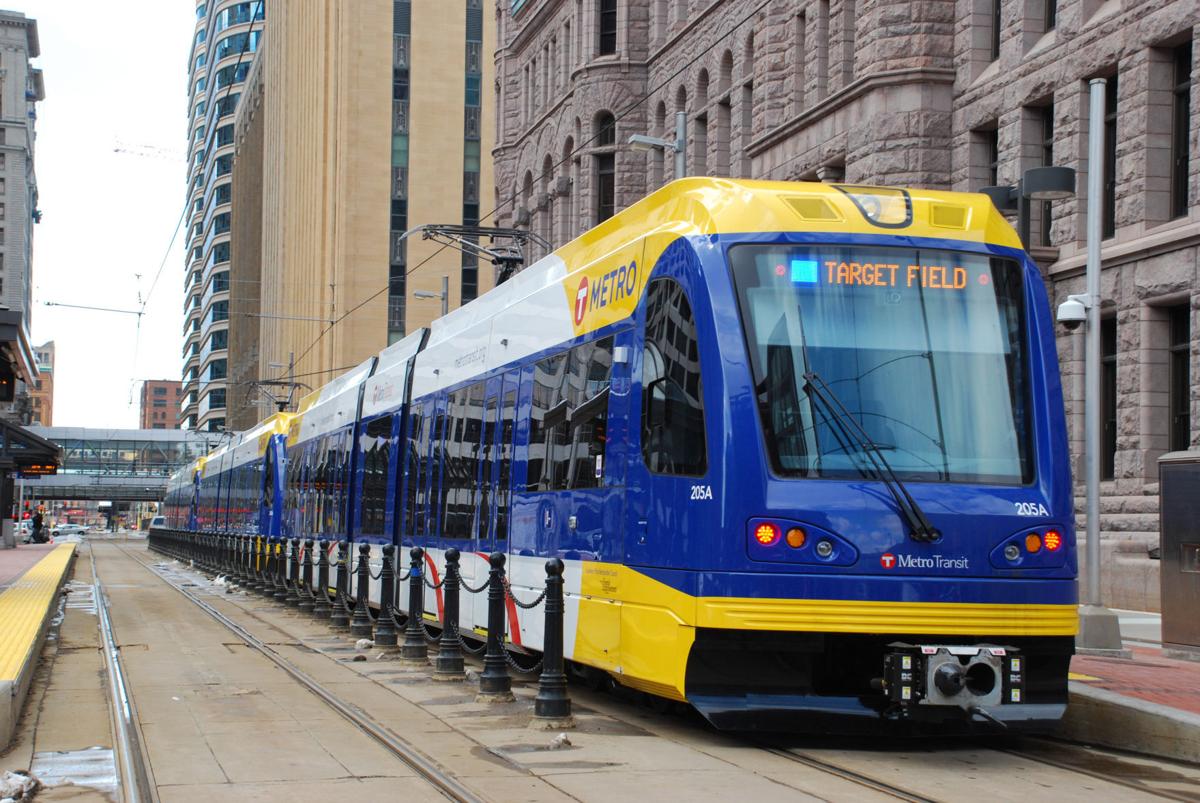Construction on the $2 billion Southwest Light Rail Transit project can begin. The project — a 14.5-mile-long extension of Metro Transit’s Green Line that will connect downtown Minneapolis to Eden Prairie through the cities of St. Louis Park, Hopkins and Minnetonka — got a key piece of approval that will allow early construction to begin as soon as this winter.
The Federal Transit Administration gave the project a letter of no prejudice, which allows the Metropolitan Council to begin spending local money on the light rail with the expectation that money will be reimbursed later, the council said in a Nov. 14 news release. The letter is usually a good sign the federal government will agree to kick in $929 million to fund what equates to nearly half the cost of the project.
The letter gave the Met Council the go-ahead to award the $799 million construction contract to Lunda/C.S. McCrossan to build the rail line. The contract was awarded Thursday, Nov. 15, the same day the Hennepin County board and Hennepin County Rail Authority approved $435 million in funding for the start of early construction.
“For years now, the Southwest LRT project has achieved milestones, making its way through one process after another,” Met Council Chair Alene Tchourumoff said in a statement after the council awarded the construction contract. “While this action is yet another part of that process, it’s so much more than that — it’s the certainty our region needed that this project will get built and maximize the millions local communities have invested as they plan for this project to change the blueprint of their cities.”
Construction could start this winter, Met Council says. That work could include staffing and equipment mobilization, site clearance, demolition and utility work. Light rail construction is expected to create 7,500 construction jobs, with an estimated payroll of $350 million, the release said.
Heavy construction on the Southwest Light Rail Transit Line is expected from 2019 through 2022, with testing of the system planned for 2022-2023. If all goes according to plan, people could start riding the new light rail line in 2023.
“We have cleared many hurdles along the way, and inevitably, there will be a few more to come, but I remain confident we can keep this project moving to opening day,” said Hennepin County Regional Railroad Authority Board Chair Peter McLaughlin in a statement. “This decision marks another crucial step in our construction of a 21st century transit system.
Progress on the Southwest Light Rail Transit Project was derailed several times over the past few years because of delays, cost increases, lawsuits, disagreements with freight train operators and fierce opposition from some state lawmakers and neighbors in Minneapolis.
“This news is long-awaited and hard-earned,” Gov. Mark Dayton said in a news release. “The Southwest Light Rail Transit project is a critical economic development project for the people of Minnesota. When complete, it will improve many thousands of lives from Eden Prairie to North Minneapolis. It will create new jobs, reduce highway congestion and better connect Minnesotans to one another.”
Met Council says in 2014 there were more than 64,000 jobs within a half mile of the proposed stations and 126,800 jobs in downtown Minneapolis. By 2035, employment within a half-mile of the rail stations is expected to grow to 80,900, while job growth in downtown Minneapolis is expected to reach 145,300 — an 18 percent increase.
Meanwhile, the population along the Southwest Light Rail Transit Line, outside of downtown Minneapolis, is expected to grow by 56 percent from 2014 to 2035.
When the light rail line opens, Met Council estimates it will have 34,000 riders on weekdays.
The Southwest Light Rail Transit Line will have 16 stations stretching 14.5 miles, starting at Target Field Station in Minneapolis and ending at SouthWest Station in Eden Prairie. There will be five new stations in Minneapolis, three in St. Louis Park, three in Hopkins, one in Minnetonka and four in Eden Prairie.
In addition to the light rail stations, the project will add eight park and ride locations with nearly 2,700 parking spots, passenger drop-off areas, bicycle and pedestrian access and new or reconstructed bus routes that will help connect train stations to nearby areas, such as neighborhoods, commercial districts and schools.



